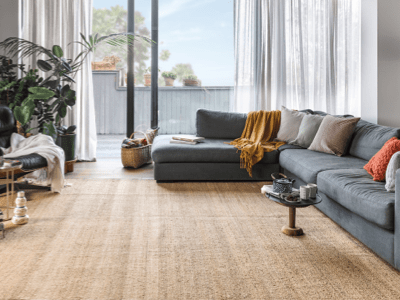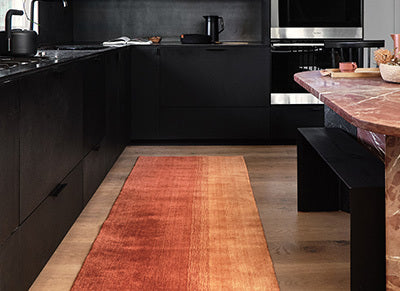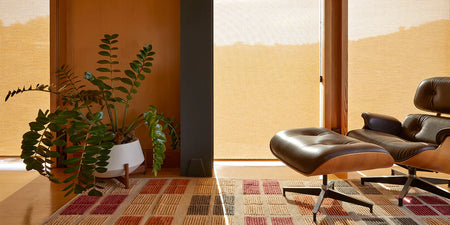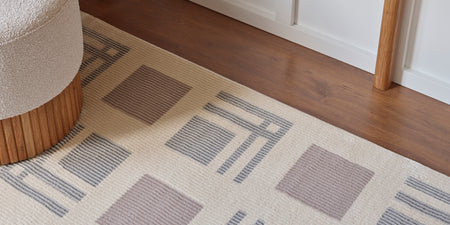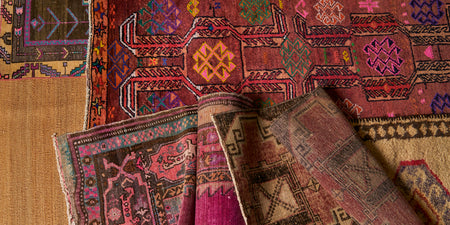BLACK FRIDAY SALE
Up to 30% Off Sitewide
Code: BFCM
Automatically applied
Oriental-Style Rugs
More Collections to Love
More about Oriental-Style Rugs
What is an Oriental rug, and why is it called that? The term "Orient" originates from the Latin oriens meaning "east" or "rising", from orior, or "rise". The use of the word for "rising" when referring to the east (where the sun rises) is found across languages, from French, to Hebrew, to Russian, to Chinese, to Turkish. A German, primarily poetic, word for Orient is Morgenland, which means "morning land". Many ancient temples, churches, and other sites of worship were built with their main entrances facing the East. To situate them in such a manner was to "orient" them in the proper direction. When something was facing the correct direction, it was said to be in the proper orientation. Geographically, oriental rugs are made in an area referred to as the “Rug Belt”, which stretches from Morocco across North Africa, the Middle East, and into Central Asia and northern India. Oriental rugs are typically made with wool, silk, or cotton, and come in a variety of types. An Oriental rug usually refers to a hand-knotted pile rug woven in part of this region, as opposed to a flatweave or kilim—though technically, oriental rugs can also be flatwoven. The difference between Oriental rugs and Persian rugs is that Oriental rug is an umbrella term which refers to any hand-knotted rug made in Asia or the Rug Belt. A Persian rug is a type of Oriental rug which refers to rugs made specifically in Persia, or modern-day Iran. They use a specific knot and are recognized by their design. In terms of how to style your Oriental rug, you have a lot of flexibility. Oriental rugs are classic pieces which have a timeless feel, and thus can carry many different styles of decor. We recommend balancing the classic, heritage feel of a vintage Oriental rug with a mix of pieces from a mix of eras—contemporary, modern, and vintage—in order to balance it out.

